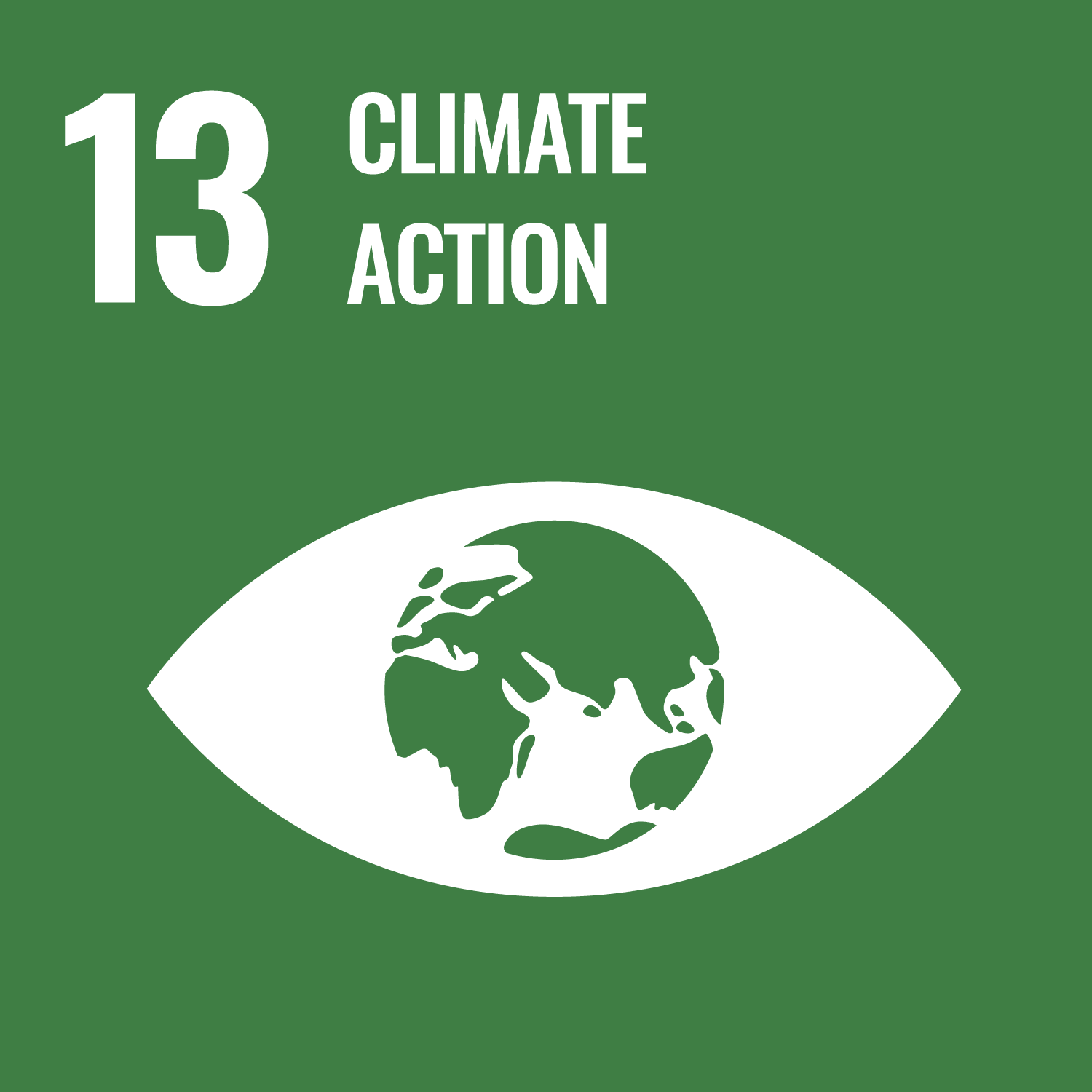 Institutional Strengthening for Forest Sector Development in Ethiopia
Institutional Strengthening for Forest Sector Development in Ethiopia

Challenges
Ethiopia’s diverse forest resources, including high forests, woodlands, and trees on farms, have among the highest biodiversity in the world and provide a wealth of goods and services to ensure a green economic growth pathway while maintaining rapid infrastructure development and urbanization. The Government of Ethiopia has demonstrated a strong commitment to increase the forest cover and strengthen the forest contribution to green economic growth. The aim is to expand forest cover from 17.35 million hectares of forests or 15.7 percent at present to 20 percent by 2020 and 30 percent by 2025. Furthermore, as stated in Ethiopia’s Nationally Determined Contribution (NDC), the forest sector is expected to contribute to more than 50 percent of the national goal to reduce emissions by 255 MtCO2e by 2030. To achieve these targets planting and managing natural forests and woodlands for a purpose by engaging communities, government forest agencies and the private sector and sustainable management of existing forests for multiple purposes are key activities in the decades to come.
Towards a Solution
The project aims to strengthen the institutional capacity of the forest sector towards attaining the targets set in the Growth and Transformation Plan (GTP) and the Climate Resilient Green Growth (CRGE).To this effect, the project has designed its intervention areas at down and upstream levels. To date, as part of upstream intervention the institutional capacity of the forest offices at federal and 12 pilot districts levels was built by putting in place the required skilled human resources and office facilities. These offices have become good showcases for the government on the potential of strong forest sector institution at different levels. Additionally, Ten Years National Forest Sector Development Program was prepared, and regions, specifically forestry programs are under preparation and this has resulted in clear national roadmap, implying clearer vision and targets for the coming 10 years.
As part of downstream activities, further degradation of land and vegetation due to deforestation and soil erosion was reduced. Landslides, downstream run-off and flooding of lower watersheds were minimized due to the physical, biological soil and water conservation measures. Free grazing has been reduced and biodiversity of degraded areas improved. This has happened as a result of community owned afforestation and reforestation and assisted natural regeneration activities and livelihood improvement activities. To date, the project established 14,115 hectares of land with fast rotation plantation and 147,669 hectares with assisted natural regeneration and 41,209 households of which 16,307 are female benefited from employment opportunity and livelihood diversification.
Promotion of broad-based stakeholder engagement in forest conservation and development including the private sector and enhancement of science and innovation are components of the projects that are well underway. Improvement of community ownership on A/R and ANR sites are being supported by local bylaws. Forest land use right of the community is legally secured through certification systems with direct implication for sustainability. The second phase of the project-Institutional Strengthening for Catalyzing Forest Sector Development in Ethiopia formulated in collaboration with the Commission is to ensure the sustainability of phase one of the project. The programme is part of a triangular cooperation among Sweden, Norway UNDP and the Government of Ethiopia.
Contact Information
Countries involved
Supported by
Implementing Entities
Project Status
Project Period
URL of the practice
Primary SDG
Primary SDG Targets
Secondary SDGs
Secondary SDG Targets
Similar Solutions
| NAME OF SOLUTION | Countries | SDG | Project Status | |
|---|---|---|---|---|
Accelerator Labs Network Following collective intelligence methods to address emerging sustainability challenges and the growing demand for local solutions |
Ethiopia | 08 - Decent Work and Economic Growth 13 - Climate Action | Ongoing | View Details |
Adaptation for Smallholder Agriculture Programme Establishing better working conditions for smallholder farmers through the use of good practices and new technologies |
Ethiopia | 08 - Decent Work and Economic Growth 11 - Sustainable Cities and Communities 13 - Climate Action 15 - Life on Land | Ongoing | View Details |
Adaptation of 3PA to Urban and Displacement Settings Using South-South and Triangular Cooperation in World Food Programme Three-Pronged Approach capacity strengthening through cross-learning initiatives |
Ethiopia | 02 - Zero Hunger | Completed | View Details |
ADAPT PLAN in Malawi |
Ethiopia | 01 - No Poverty 05 - Gender Equality 11 - Sustainable Cities and Communities | Ongoing | View Details |
Africa Kaizen Initiative Japanese management approach of continuous improvement to enhance quality and productivity |
Ethiopia | 08 - Decent Work and Economic Growth | Ongoing | View Details |